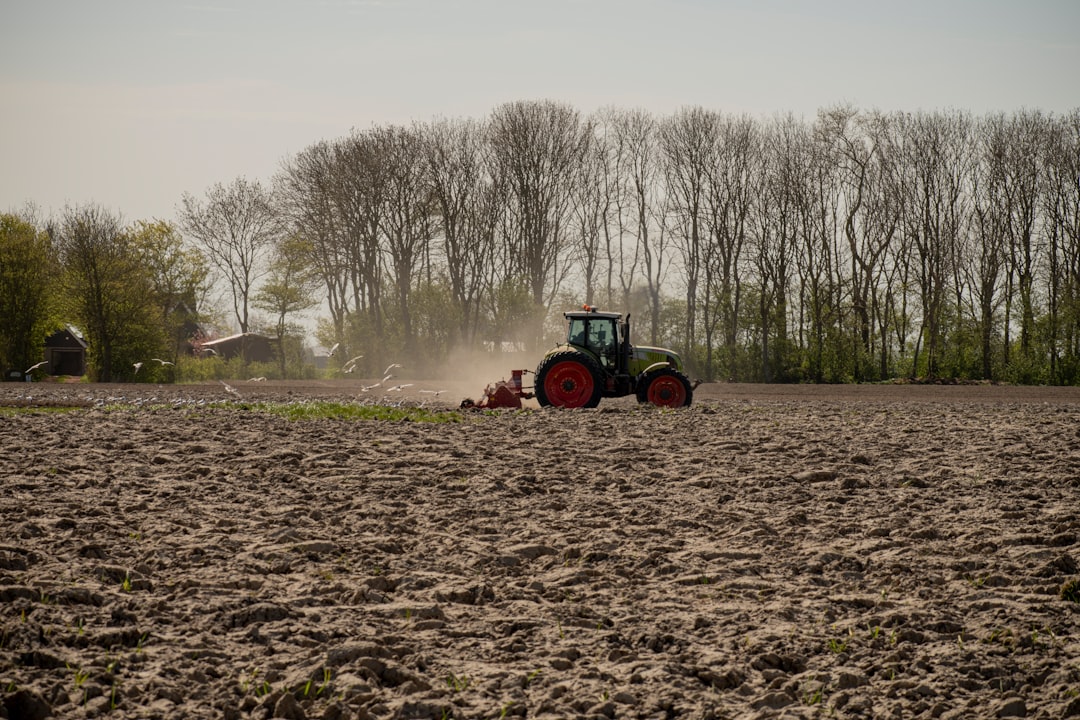Introduction
Soil is the foundation of life on Earth. It nurtures the food we eat, supports ecosystems, and plays a critical role in regulating the planet’s climate. Yet, soil health is often overlooked in conversations about sustainability. As we face increasing environmental challenges, understanding and prioritizing soil health has never been more important. Healthy soil is essential for food security, efficient water use, and climate resilience. Let’s explore why it matters and how we can protect this vital resource.
Soil Health and Food Security
Healthy soil is the cornerstone of food production. It provides essential nutrients to crops, fosters beneficial microorganisms, and enhances plant resilience to pests and diseases. When soil is degraded through erosion, over-farming, or chemical overuse, it loses its ability to support crops, leading to lower yields and food shortages. With the global population expected to reach nearly 10 billion by 2050, ensuring fertile, healthy soil is key to feeding the world sustainably.
The Role of Soil in Water Retention
Soil acts as a natural sponge, absorbing and holding water. Healthy soil with high organic matter improves water infiltration and reduces runoff, preventing floods and soil erosion. Conversely, degraded soil becomes compacted and loses its water-holding capacity, increasing the likelihood of droughts and water scarcity. By maintaining soil health through organic farming practices, cover cropping, and minimal tillage, we can enhance its ability to retain water and support resilient agricultural systems.
Soil as a Climate Solution
Soil plays a crucial role in mitigating climate change by storing carbon. Healthy soil captures carbon dioxide from the atmosphere and stores it as organic matter, reducing greenhouse gas levels. However, when soil is degraded, it releases carbon back into the air, contributing to global warming. Regenerative farming practices, such as agroforestry, composting, and rotational grazing, help sequester carbon and make agriculture part of the climate solution rather than the problem.
How We Can Protect Soil Health
Restoring and maintaining soil health requires a shift in agricultural practices and land management strategies. Here are some key ways to support soil health:
-
Cover Cropping: Planting cover crops like clover and rye prevents erosion and improves soil structure.
-
Composting: Adding organic matter enhances soil fertility and microbial diversity.
-
Reduced Tillage: Minimizing soil disturbance preserves its structure and retains moisture.
-
Crop Rotation: Diversifying crops helps maintain soil nutrients and reduces pest issues.
-
Agroforestry: Integrating trees into farming systems enhances biodiversity and improves soil stability.
Conclusion
Soil health is fundamental to food security, water conservation, and climate resilience. As stewards of the planet, we must prioritize sustainable land management practices that restore and protect this vital resource. By investing in soil health today, we ensure a thriving and resilient future for generations to come.

Comments
No comments yet. Be the first to comment!
You must be logged in to comment. Login